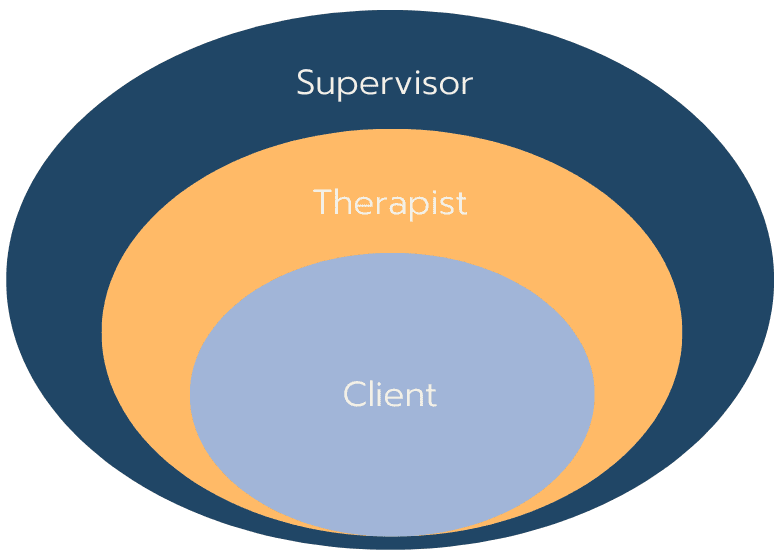
Join the SEEK Team!
At SEEK, we’re more than a workplace—we’re a dedicated community driven by shared values and a commitment to impactful ABA treatment. We invest in your growth with ongoing development and career opportunities, empowering you to provide exceptional care, thrive, grow, and make a difference with us!
What Sets SEEK Apart

Our person-centered approach emphasizes relationship-building and supports choice-making as a lifelong skill that nurtures individuality.
Our interventions are grounded in the research, ethics, and best practices of Applied Behavior Analysis to maximize learning outcomes.
We maintain a robust supervision model that ensures consistent oversight and clinical guidance across all services.





